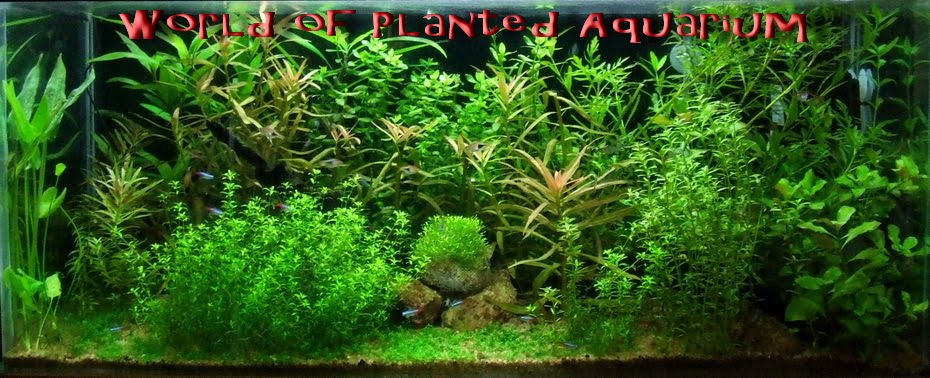Different layers of substrate in planted aquarium
>> Friday, July 10, 2009

Several different substrates are available for the aquarium, and making the right choices can be a little tricky. It is possible to have a reasonably good planting substrate using just one medium, although combining a number of substrates will usually produce much better results. When mixing substrates, bear in mind that each one should have a place and a function. Assessing substrates on the basis of their usefulness for a specific purpose will make it easier to choose the right ones.
Base substrate:
A base substrate is necessary only when a heating cable is present. To be effective, the heat from the cable must be well distributed through the surrounding substrate and this is easy to achieve using a very fine substrate with a particle size of about 0.04 in (1 mm). Sand is ideal for this purpose, but use just enough to cover the heating cable.
Main rooting substrate The main body of substrate is used principally as a rooting medium, but also for the uptake of nutrients. This substrate should be compact enough to prevent excess
water movement and oxygenation, but loose enough so that it does not become stagnant and produce toxins. A grade of 0.08-0.12 in (2-3 mm) is suitable and the substrate can be mixed with nutrient-rich additives. More than one main substrate can be used.
Nutrient-rich substrate:
This substrate should provide the plants with a constant and long-lasting supply of a range of nutrients. Depending on the concentration of nutrients present, use either a wafer-thin layer or a layer 0.4-1.6 in (1-4 cm) deep. Nutrient-rich substrates are usually highly compact and soil-like, so "sandwich" them between other substrates to prevent muddying of the water. Some nutrient-rich substrates can be mixed with the main rooting substrate.
Top level substrate:
This will be the most visible substrate and need only be a thin layer placed on top of other substrates. It need not provide any function for the plants and may be used purely for aesthetic purposes.



0 comments:
Post a Comment